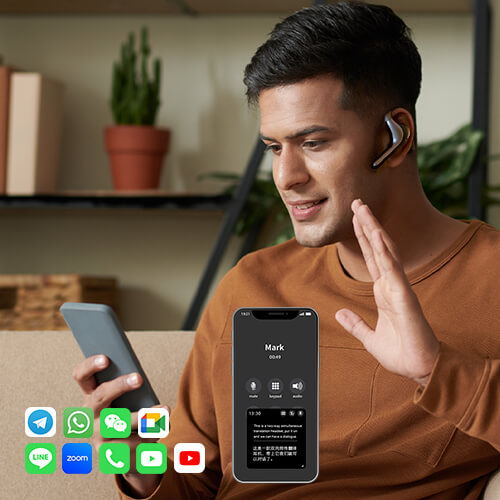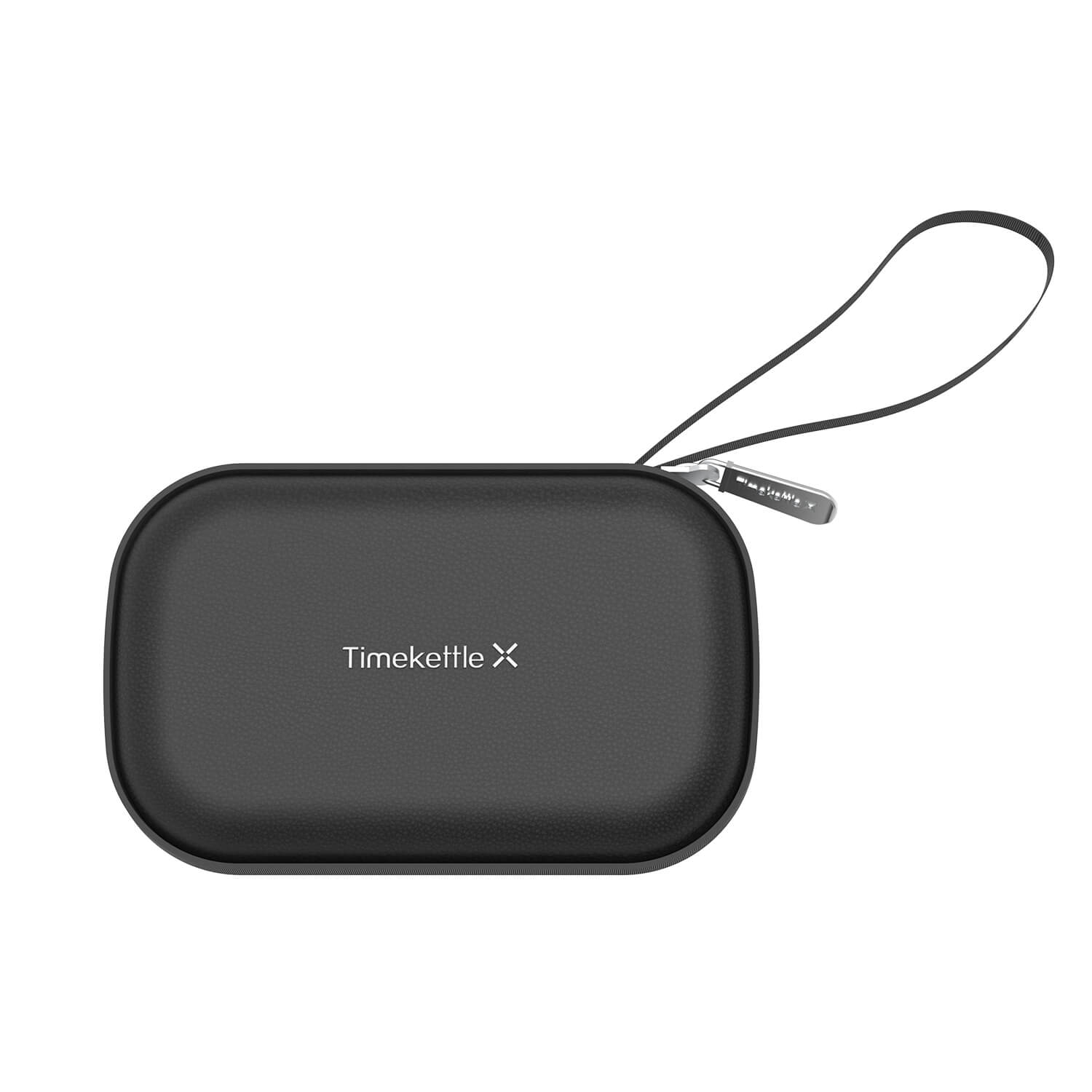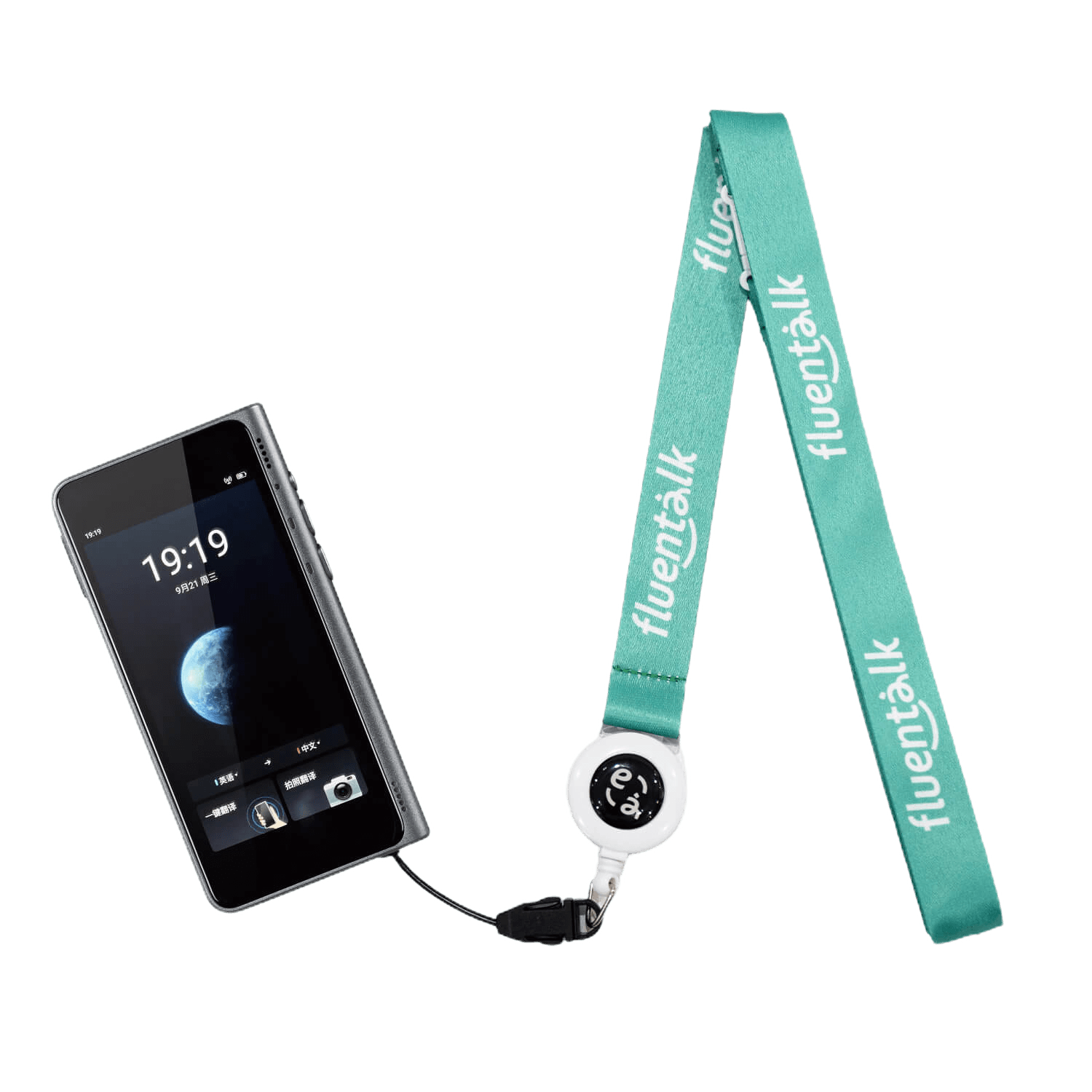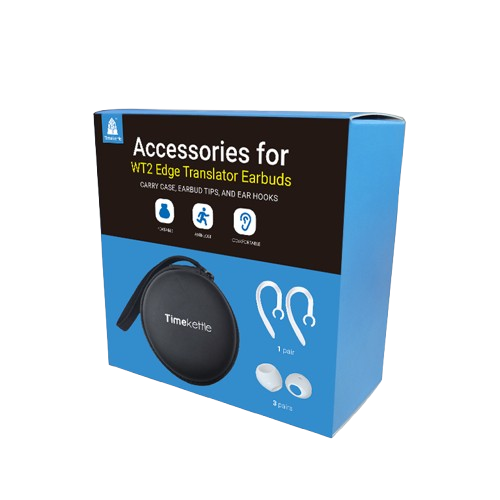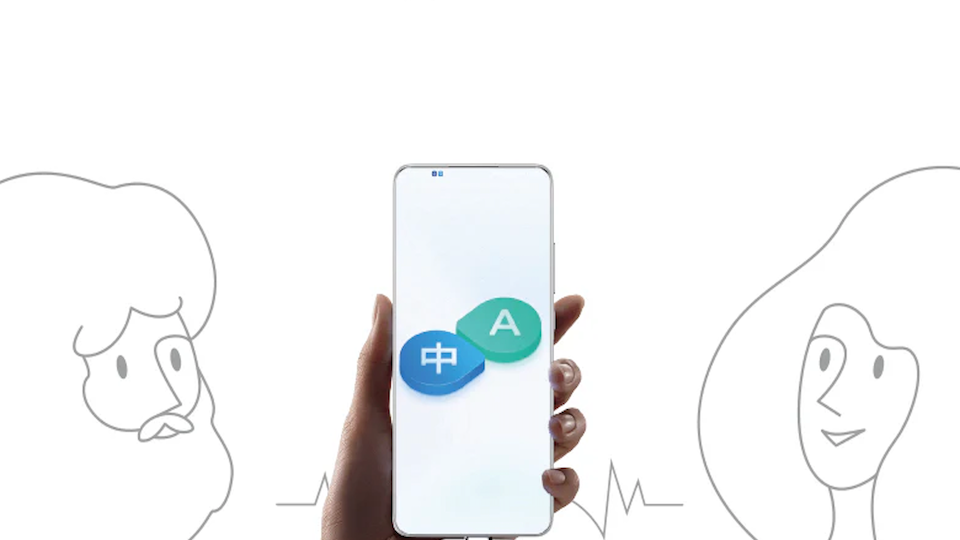
Best AI Voice Translator Apps in 2025: Break Language Barriers Instantly
Language barriers don’t have to hold us back anymore. With AI voice translator apps getting smarter and more accurate, you can speak in one language and have someone understand you in another in seconds.
These powerful tools use artificial intelligence to translate spoken words from one language to another in real-time. Whether you’re traveling abroad, doing business internationally or helping someone who speaks a different language, the right voice translator app can make all the difference.
I tested over 15 voice translation apps across different platforms and here are the 6 best options that deliver accuracy, user experience and value. Let me share what I found out during my hands-on testing.
Top Picks for Voice Translator Apps
Here are my top recommendations based on extensive testing and real-world usage:
- Polypal - Best for Live Translation for Teams and Individuals
- Google Translate - Best for accessibility and hearing-impaired users
- Apple Translate - Best for simple, everyday translations on iOS
- iTranslate - Best for visual translation features and image text
- AI Voice Translator - Best dedicated iOS translation experience
- Microsoft Translator - Best for business users and Office integration
Each app serves different needs and use cases. Some excel at quick conversations, while others offer professional-grade accuracy for business meetings or important communications.
Summary Table of Best Voice Translator Apps (2025)
| App | Best For | Languages Supported | Key Features | Pros | Cons | Pricing |
|---|---|---|---|---|---|---|
| PolyPal (Timekettle) | Real-time multilingual meetings & events | 43 languages, 95 accents | Live translation, subtitles, ≤1 ms latency, Zoom/Teams support, glossary, local storage | Ultra-fast & accurate, supports 500 users, wide platform compatibility | Requires internet for full features, limited offline, pricing not public | Free 30-min trial; subscription (contact sales) |
| Google Translate | Accessibility & casual travel | 133+ languages | Conversation mode, camera translation, offline packs, large-text display | Free, accessible for hearing-impaired, strong offline on Android, Google integration | Accuracy varies by language, weaker on iOS offline, struggles with complex sentences | Free |
| Apple Translate | Simple, everyday iOS use | 18 languages | System-wide iOS integration, conversation mode, offline, privacy-focused | Free, seamless with iOS, high accuracy for supported langs, on-device privacy | iOS only, limited languages, lacks advanced features | Free (iOS only) |
| iTranslate | Translating images & text on travel | 100+ languages | Camera translation, voice-to-voice, offline (Pro), cross-platform | Excellent image translation, intuitive UI, wide support | Ads in free version, offline in Pro only, accuracy inconsistent, many features paid | Free (ads); Pro = paid |
| AI Voice Translator | Dedicated iOS experience | 100+ languages | Customizable male/female voices, simple UI, optimized for iOS | Free, customizable voice, easy for casual use | iOS only, limited advanced features, no transcription | Free |
| Microsoft Translator | Business & Office integration | 70+ languages | MS Office integration, group chat, offline packs, text/voice/image translation | Strong Office integration, group mode, free, decent offline | Fewer langs vs Google, accuracy varies, interface less modern | Free |
How to Choose a Good Voice Translator App
Choosing a proper voice translator involves knowing what you need most for your purpose. Since I attempted all of the following apps myself, I considered each on the main points below:
Translation Accuracy
Most critical is the capability of the app to recognize and interpret conversational language. The apps all were tested against different accents, speech speeds, and amounts of background noise. The top apps worked flawlessly even in difficult situations.
Language Assistance
Various apps have varying numbers of languages available. While some have more than 100 languages, others specialize in fewer languages with better quality translations. Think about what languages you use the most.
Ease of Use
A good voice translation tool should naturally and effectively work without elaborate settings. I looked for software with simple interfaces that anyone could use immediately even during urgent or tense situations.
Offline Features
Internet access can't always be assured when overseas. The top apps have offline translation capabilities for major languages, though their online equivalents have more accurate translations.
Other Features
Latest translation software enabled by artificial intelligence include add-ons like text translation, camera translation, conversation mode, and support for other apps. They add to the overall experience to a large extent.
List of the Top Voice Translator Apps
After thorough testing, here are the six best AI voice translator apps available today:
1. PolyPal: Best for Real-Time Multilingual Translation
PolyPal, from Timekettle, offers AI-powered live translation and subtitles in 43 languages and 95 accents for meetings, webinars, and live streams. With ≤1 ms latency, it ensures seamless communication across Windows, Mac, iOS, and Android. Ideal for professionals and universities, PolyPal supports up to 500 users with customizable subtitles and secure local data storage.

Key Features:
- Real-time translation in 43 languages with 95 accents
- ≤1 ms latency for natural communication
- Supports Zoom, Teams, YouTube, TikTok, and more
- Customizable glossary for professional accuracy
- Local file storage for privacy
Pros:
- Ultra-fast, accurate translations
- Wide platform and language support
- Cost-effective with no need for human interpreters
- Free 30-minute trial
Cons:
- Requires internet for full features
- Limited offline translation
- Pricing details require contacting PolyPal
Pricing:
- Free Trial: 30-minute trial via app download
- Subscriptions: Contact hi@polypal.ai or visit https://polypal.ai
PolyPal breaks language barriers for global events, education, and business. Download now for seamless translation! >>Download Link: in Google Play, in Apple Store
2. Google Translate: Best for People with Hearing Issues
Google Translate remains one of the most accessible voice translators available. Its conversation mode works exceptionally well for people with hearing difficulties, displaying translated text clearly while speaking aloud.
During my testing, Google Translate handled 133 languages with decent accuracy for casual conversations. The camera translation feature also worked well for signs and menus.
Key Features:
- Supports 133 languages
- Camera translation for images and text
- Offline translation for select languages
- Conversation mode with large text display
Pros:
- Completely free with no hidden costs
- Excellent accessibility features
- Works offline for many languages (Android)
- Integrates well with other Google services
Cons:
- Accuracy varies significantly by language pair
- Limited offline features on iOS
- Can struggle with complex sentences or technical terms
Pricing: Free
Download: in Google Play
3. Apple Translate: Best for Basic Translations
Apple's built-in Translate app offers the smoothest experience for iOS users. While it only supports 18 languages, the quality of these translations exceeded my expectations during testing.
The app integrates seamlessly with iOS, working system-wide across other apps. This makes it incredibly convenient for quick translations while browsing or messaging.
Key Features:
- System-wide integration on iOS
- Conversation mode with automatic language detection
- Offline support for all supported languages
- Privacy-focused with on-device processing
Pros:
- Excellent integration with iOS ecosystem
- High accuracy for supported languages
- Strong privacy protection
- Completely free for iOS users
Cons:
- Limited to only 18 languages
- Only available on Apple devices
- Lacks advanced features like transcription
Pricing: Free (iOS only)
4. iTranslate: Best for Translating Text on Images
iTranslate impressed me with its camera translation capabilities. The app quickly identified and translated text in images, making it perfect for travelers dealing with foreign signs, menus, or documents.
The voice translation worked well across 100+ languages, though accuracy varied depending on the language pair and speaking clarity.
Key Features:
- Camera lens translation for real-world text
- Voice-to-voice conversations in 100+ languages
- Offline translation mode (Pro version)
- Clean, intuitive interface
Pros:
- Excellent camera translation feature
- Supports many languages
- Good conversation mode
- Available on multiple platforms
Cons:
- Free version includes advertisements
- Many features require paid subscription
- Accuracy can be inconsistent
- Offline mode only in paid version
Pricing:
- Free with ads
- Pro version: Contact for pricing
5. AI Voice Translator: Best for Translating on iOS Devices
This dedicated translation app offers a focused experience for iOS users. What stood out during my testing was the voice output customization, allowing users to choose between male and female voices for translated speech.
The app handles over 100 languages with reasonable accuracy for casual conversations and travel scenarios.
Key Features:
- Male and female voice output options
- Support for 100+ translation languages
- Simple, focused interface
- Optimized for iOS devices
Pros:
- Customizable voice output
- Large language selection
- Free to use
- iOS-optimized experience
Cons:
- iOS only (no Android support)
- Limited advanced features
- Accuracy varies by language
- No transcription capabilities
Pricing: Free
You can find it on your Apple Store or Google Play and download it.
6. Microsoft Translator: Best for Microsoft Office Users
Microsoft Translator offers solid performance across platforms with excellent integration into Microsoft's ecosystem. During testing, I found it particularly useful for business scenarios where Office integration matters.
The app supports over 70 languages and includes useful features like group conversations and offline translation packs.
Key Features:
- Integration with Microsoft Office suite
- Group conversation support
- Offline language packs
- Text, voice, and image translation
Pros:
- Excellent Microsoft Office integration
- Multiple translation methods
- Good offline capabilities
- Free to use
Cons:
- Fewer languages than Google Translate
- Accuracy can be inconsistent
- Limited offline features compared to online
- Interface feels less modern
Pricing: Free
Which Translation App Should I Use?
The best voice translator app depends on your specific needs and use cases. The following is what I would recommend under different situations:
For Professional Use: Choose Polypal/ Google Translate if you need high accuracy, transcription, and meeting functionalities. The investment is justified by better communication quality as well as by boosted productivity.
For Casual Travel: The best for usability, language support, and convenience is Google Translate. Its offline mode and camera translation are best suited for travelers.
For iOS Users: Apple Translate offers the best performance with top-notch privacy protection. Utilize iTranslate only if you require extra languages or camera functionalities.
For Business Integration: Microsoft Translator is best if you're already using Microsoft Office applications and need seamless integration in your workflow.
For Meetings & Events/ Training & Webinars: PolyPal enables smooth 1v1 communication and 1vN team interactions, powered by real-time translation with a customizable glossary. It enables precise accent recognition and clean subtitling in trainings, courses and webinars with automatic recording for later use.
The key is matching the app's strengths to your primary use cases. The requirements for accuracy, languages required, platform requirements, and cost need to come into your deciding formula.
Translate Your Voice to Text Effortlessly
Voice translator apps have revolutionized how we communicate across language barriers. The AI technology behind these apps continues improving, offering better accuracy and more natural-sounding translations.
Polypal from Timekettle is ideal for users who need professional-grade precision and other functionalities like real-time translation and meeting notes. All of these apps on this list meet different needs well nonetheless. The future of voice translation is bright with steady innovation by way of technology on artificial intelligence. Such software will continue breaking language doom and releasing communicator's best as never experienced before.
Prepare to break language barriers! Do try using one of those Voice Translator apps today and communicate with ease and perfection without the constraints of language.
FAQs
How accurate are AI voice translator apps in 2025?
Modern AI voice translator apps achieve 85-98% accuracy depending on the language pair and app quality. Apps like Google reach 80% to 90% accuracy for supported languages. Accuracy depends on factors like audio quality, speaker clarity, background noise, and the specific languages being translated.
Can voice translator apps work without internet connection?
Yes, many voice translator apps offer offline functionality, but with limitations. Google Translate, Microsoft Translator, and iTranslate provide offline translation for select languages. However, offline translations are typically less accurate than online versions because they can't access the latest AI models and language updates.
Which voice translator app supports the most languages?
Google Translate currently supports the most languages with 133 available options. iTranslate and Microsoft Translator each support around 100+ languages, while Apple Translate only supports 18 languages but with higher quality translations. Polypal supports 43 translation languages with professional-grade accuracy.
Are voice translator apps free to use?
Many voice translator apps offer free versions with basic features. Google Translate, Apple Translate, and AI Voice Translator are completely free. However, advanced features like offline translation, camera translation, or professional transcription often require paid subscriptions ranging from $13-28 per month.








